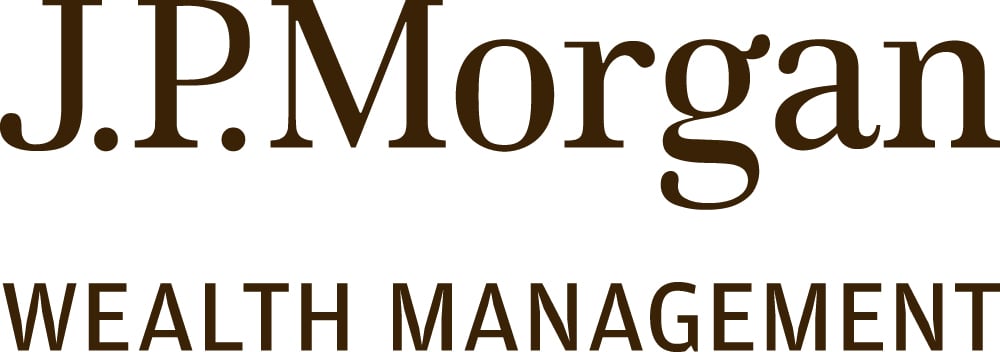5 Best Low-Risk Investments Right Now

Many or all of the products featured here are from our partners who compensate us. This influences which products we write about and where and how the product appears on a page. However, this does not influence our evaluations. Our opinions are our own. Here is a list of our partners and here's how we make money.
The investing information provided on this page is for educational purposes only. NerdWallet, Inc. does not offer advisory or brokerage services, nor does it recommend or advise investors to buy or sell particular stocks, securities or other investments.
All investments carry some risk, but some also offer insurance, making them virtually risk-free.
Money market accounts, certificates of deposit, cash management accounts and high yield savings accounts all carry FDIC insurance.
Treasury bills, notes and bonds are backed by the U.S. government, making them another low-risk investment option.
When the markets or geopolitical events turn volatile, safe, historically low-risk investments often get a moment in the sun. Federal Deposit Insurance Corporation (FDIC)-insured accounts and other safer investments can help cautious investors combat inflation while keeping their savings secure.
NerdWallet rating 4.9 /5 | NerdWallet rating 5.0 /5 | NerdWallet rating 4.1 /5 |
Fees $0 per online equity trade | Fees $0 per trade | Fees $0 per trade |
Account minimum $0 | Account minimum $0 | Account minimum $0 |
Promotion None no promotion available at this time | Promotion None no promotion available at this time | Promotion Get up to $700 when you open and fund a J.P. Morgan Self-Directed Investing account with qualifying new money. |
Are there safe investments with high returns?
While low risk generally does mean sacrificing high returns, safer investment options like online savings accounts and certificates of deposit are paying significantly more than they have in recent history.
Still, the below accounts and investments often make the most sense when you’re investing for the short term — meaning you may need to withdraw the money sometime soon, or you just can't stomach the stock market's wild ride.
» Concerned about the economy? Learn what to invest in during a recession
If your goal is five or more years away, low-cost equity investments might be an option — long timelines give you the chance to ride out stock market volatility. Learn more about long-term investing.
Safe, FDIC-insured and government-backed options
The investments below all come with insurance, which make their risks practically nonexistent. Traditionally, they are considered very safe investments. But their yields are also lower than what you might get by investing in the stock market for the long term.
1. Money market accounts
What are they? These are essentially savings accounts, but they allow you to spend directly from the account (unlike a savings account), with a limited number of transactions per month.
Current returns: Up to 5.30%. See our best money market accounts page for up-to-date rates.
What's safe about them? These accounts are FDIC-backed, which guarantees deposits up to $250,000 per institution, per investor.
Where can I get one? Most banks offer money market accounts, but the national average APY per the FDIC is currently just 0.66%. (This rate is variable and may change). However, many online banks offer substantially higher rates.
2. Online high-yield savings accounts
What are they? These are fundamentally similar to typical savings accounts, but by operating strictly online, these banks don’t have to spend money on brick-and-mortar operations. In turn, they pass these savings on to you in the form of higher APYs.
Current returns: 4% to 5%. See NerdWallet’s list of high-yield online savings accounts for up-to-date rates.
What's safe about them? Though they don’t come from a traditional brick-and-mortar bank, these accounts are still FDIC-insured.
Where can I get one? Everything is done online, from choosing a bank, to enrolling, to transferring money into it.
Savings account interest rates are higher than they've been in some time. You can take advantage with one of our picks for the best high-yield savings accounts.
3. Cash management accounts
What are they? The nature of these accounts varies slightly between providers today, but most of these products behave similarly to an online savings account. These have become more popular among online brokerages and robo-advisors lately, largely because they make it easy for their customers to move money seamlessly to and from an investing account.
Current returns: Up to 5.5%. See NerdWallet’s best cash management accounts for current APYs.
What's safe about them? Cash management accounts are offered by non-bank financial institutions, yet through partnerships with banks, they’re still backed by the FDIC.
Where can I get one? At an online brokerage or robo-advisor.
4. Certificates of deposit (CDs)
What are they? Banks offer CDs because it gives them a set amount of cash upfront for a set period of time, which they can use to lend to other customers or invest. To incentivize you to start a CD, they often offer higher rates than savings accounts. The downside? If you need to access the cash in your CD, you can be hit with an early withdrawal penalty, which often consists of a few months’ interest.
Current returns: up to 5.65%, depending on term. See NerdWallet’s list of the Best CD rates.
What's safe about them? With these you put your money into an FDIC-insured account for a specified period, during which you’ll receive a guaranteed interest rate.
Where can I get one? Most banks offer CDs; however, yields tend to be much higher through online banks, for the same reasons noted above.
5. Treasury notes, bills and bonds
What are they? When you purchase Treasurys, you’re essentially giving a loan to the government, and it’s paying you interest on that loan at regular intervals. If you hold it for the full period, you’ll also get back the bond’s face value.
The biggest difference between bills, notes and bonds is how long the government holds your money, and your interest rate.
Current returns: Treasury yields are at recent highs. See the latest rates on Treasury.gov.
What's safe about them? Treasury securities (bills, notes and bonds) are backed by the “full faith and credit of the U.S. Government.” When purchasing them from the Treasury, you’ll get any regular interest payments promised to you so long as you own the bond, plus the face value of the bond if you hold it until maturity.
Alternatively, you can also sell your bond if you wish, though you’ll lose out on the interest payments you would have had until it matured.
Where can I get one? From TreasuryDirect.gov, or through an online broker.
Next Steps

On a similar note...






